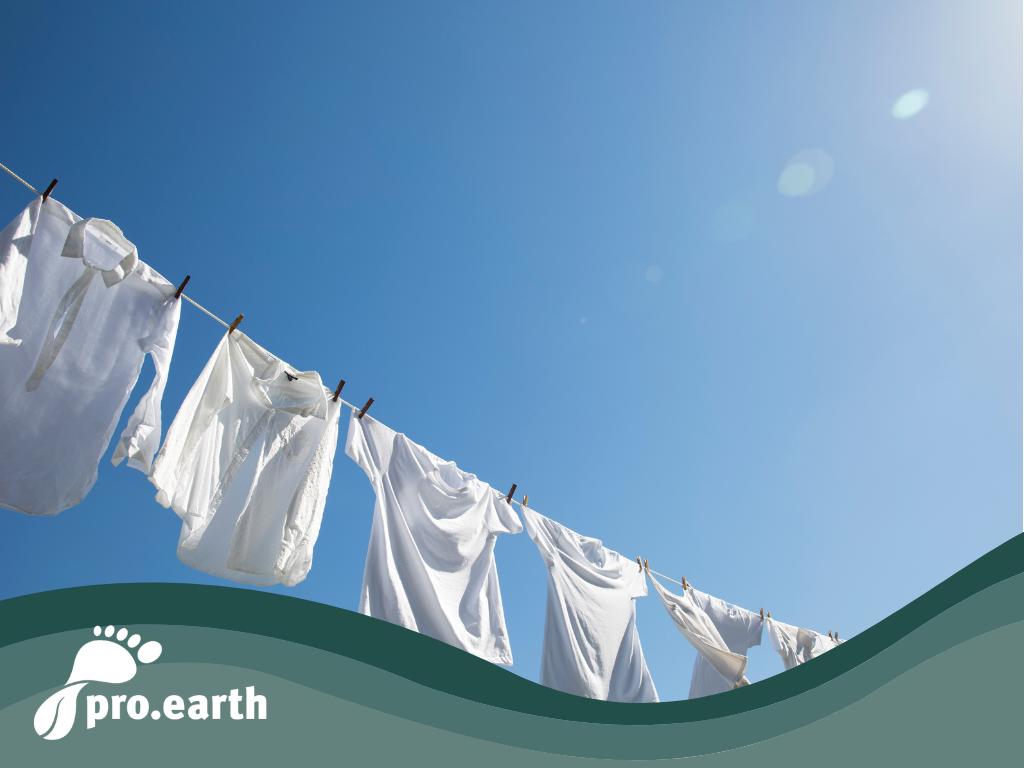Is boil wash still up to date?

My grandmother actually still had huge pots of washing on the stove - and I didn't grow up in the interwar period. It was in the early 80s. Somehow, like so many rituals, I liked it.
What is it like today? Is it still necessary to bring the laundry to almost 100 degrees with the detergents of our time?
What does boil wash actually mean?
Of course, washing with almost boiling water, i.e. a temperature of around 90 to 95 degrees, is referred to as boiling washing, as viruses and bacteria are killed at these high temperatures.
In the past, people relied on the boil-wash process to destroy pathogens and ensure that laundry was not only clean on the outside but also hygienic.
And today?
However, the performance of detergents has changed to such an extent that most bacteria and viruses die at lower temperatures.
If you use heavy-duty detergent, the bleach it contains also helps a lot.
A very large proportion of the pathogens are killed at 60 degrees - but if you want to be on the safe side (for example after an infection), you can also boil them once.
What can be washed at 90 degrees?
Depending on the material, bed linen, towels, cleaning cloths, tea towels, cotton underwear...
Even if the material is suitable, it will become porous more quickly after repeated boiling than when washed at lower temperatures.
What does the higher temperature mean for power consumption?
There are several factors involved:
- Energy efficiency class of the washing machine
- Capacity and filling
- Spin speed
For comparison: a 30 degree wash cycle costs around 10 cents in electricity, 90 degrees costs 50 cents, i.e. many times more.
pro.earth conclusion
The 90-degree wash should be decimated to exceptional cases. That's quite enough. 💚






